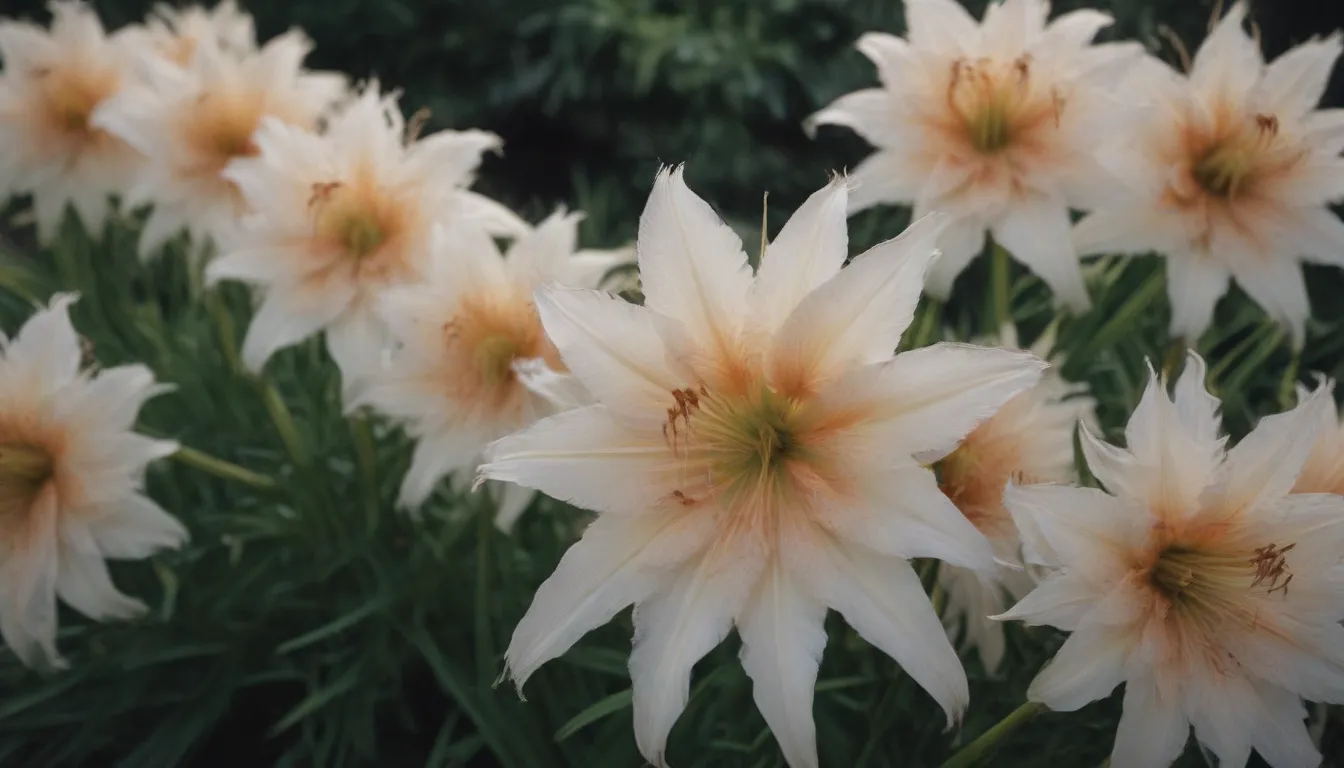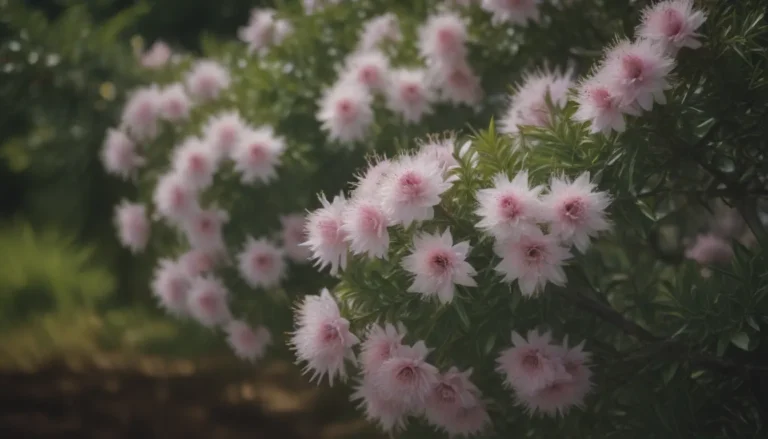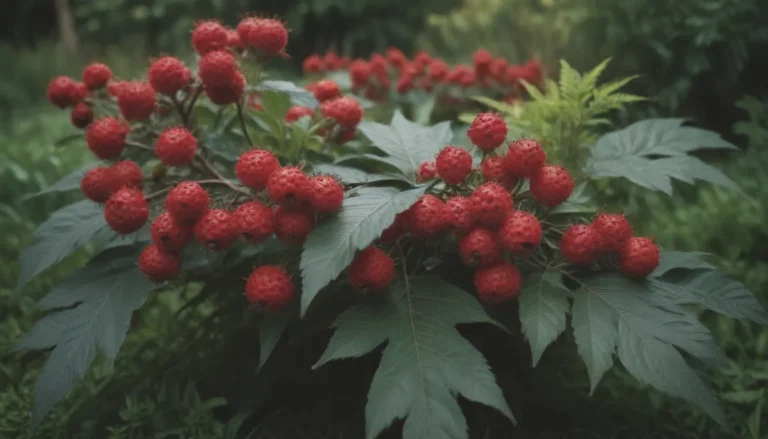The Ultimate Guide to Growing and Caring for Spider Lilies

Are you looking to add a touch of elegance to your garden with the beautiful and unique spider lilies? Spider lilies, also known as members of the Lycoris genus, are eye-catching plants that are sure to make a statement in any garden. In this comprehensive guide, we will explore everything you need to know about growing and caring for spider lilies. From their striking blooms to their care requirements and common problems, we’ve got you covered. Let’s dive in and learn how to cultivate these stunning plants in your own garden.
What are Spider Lilies?
Spider lilies are known for their striking blooms featuring thin, delicate petals and long stamens that resemble spider legs. Despite their common name, spider lilies are not true lilies; they belong to the amaryllis family. These plants are dormant from mid-spring to mid-summer but grow quickly once they sprout. Spider lilies are toxic to both humans and pets due to the alkaloid lycorine found in the plants. Therefore, it’s essential to be cautious when handling these plants.
Spider Lily Care Tips
Taking care of spider lilies requires a bit of attention to detail, but with the right care, you can enjoy their stunning blooms year after year. Here are some essential care tips for growing spider lilies:
Light
Spider lilies thrive in full sun to partial shade. Make sure to choose a location that receives at least five to six hours of direct sunlight to help them bloom beautifully.
Soil
Well-draining soil is crucial for spider lilies, as their bulbs can rot in waterlogged soil. Opt for organically rich sandy or loamy soil with a slightly acidic to slightly alkaline pH. Amending the soil annually with bark, compost, or mulch can help boost its nutrient content and improve drainage.
Water
Spider lilies have moderate water needs when actively growing. Keep the soil lightly moist but never soggy. Stop watering as soon as the foliage degrades in the spring and resume watering when flowering begins again in late summer or fall.
Temperature and Humidity
Spider lilies are not cold-tolerant, so temperatures below freezing can damage or kill the plants. Adequate soil moisture and drainage are crucial for their growth, and humidity is typically not a major concern.
Fertilizer
In early spring, apply a high-nitrogen fertilizer to encourage blooming after the dormant period. In autumn, feed spider lilies with a high-phosphorus fertilizer to help them survive the winter cold.
Types of Spider Lilies
There are several varieties of spider lilies that you can choose from to enhance your garden. Some common types include:
- White spider lily (Lycoris albiflora)
- Golden spider lily (Lycoris aurea)
- Red spider lily (Lycoris radiata)
- Electric blue spider lily (Lycoris sprengeri)
- Resurrection lily (Lycoris squamigera)
Each type of spider lily boasts unique characteristics that can add a splash of color and beauty to your garden.
Propagating and Potting Spider Lilies
If you want to propagate your spider lilies or grow them in containers, here are some tips to help you succeed:
Propagating
Healthy spider lilies will multiply in clumps over the years. Divide the clumps once they are a few years old to create new plants and prevent overcrowding. Dividing can also help maintain the vigor of your spider lilies.
Potting
Spider lilies can be grown in containers, but choose a large container with ample drainage holes to accommodate their root system. Unglazed clay pots are ideal to prevent bulb rot. Avoid repotting frequently, as spider lilies prefer undisturbed roots.
Overwintering Spider Lilies
In colder regions, consider mulching around your plants to insulate the bulbs during the winter. Alternatively, plant your bulbs in containers that can be brought indoors for the winter months to protect them from extreme cold.
How to Encourage Blooming
Proper care will help spider lilies bloom beautifully. Avoid planting bulbs too deep or the wrong way, as this can hinder blooming. Keep the soil moist before blooming and use a high-phosphorus fertilizer to help strengthen the plants after flowering and prepare them for winter.
Common Problems and Solutions
While spider lilies are relatively low-maintenance, they can face issues if their needs are not met. Here are some common problems you may encounter and how to address them:
Leaves Turning Yellow
Yellowing foliage is usually a sign that the bulbs are entering dormancy. However, if the leaves are yellowing during the growing season, it may indicate overwatering. Ensure the soil is slightly moist but not waterlogged to prevent this issue.
Additional Tips for Growing Spider Lilies
- Spider lilies should be planted in well-draining soil in a sunny location.
- The bulbs can be grown in containers indoors with proper care.
- Dividing clumps and repotting in suitable containers can help maintain the health of spider lilies.
- Avoid planting bulbs too deep or facing the wrong way to promote blooming.
In conclusion, spider lilies are stunning plants that can add a touch of beauty to any garden. By following the care tips outlined in this guide, you can successfully grow and enjoy these unique flowers in your own outdoor space. Whether you’re a seasoned gardener or a beginner, spider lilies are a great addition to any landscape. Happy gardening!





